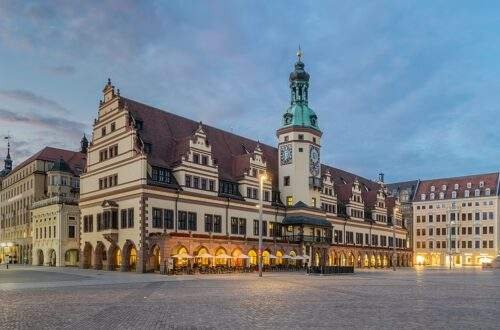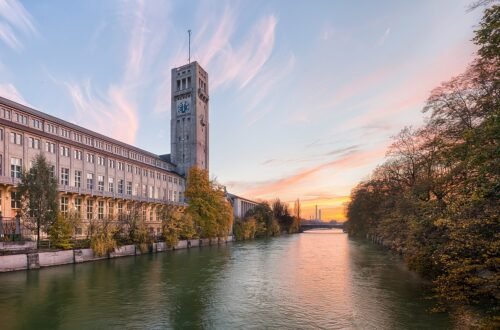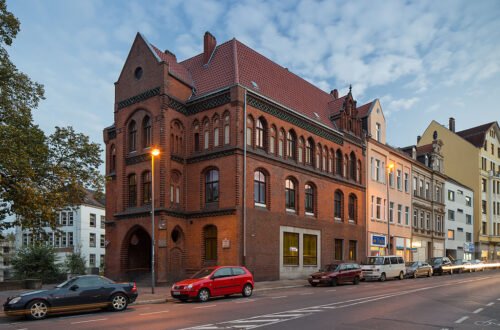
15 Best Things to See in Zwickau (Germany)
Zwickau, a city in Saxony, is also known as “Automobil-und Robert-Schumann-Stadt” (City of Cars and Robert Schumann). Although not exactly succinct, the name captures two strengths of Zwickau: Robert Schumann, a composer from the 19th century, was born in Zwickau, where there is a fascinating museum detailing his life and his friendship with the brilliant pianist Clara Wieck. The city of Zwickau is also where Robert Horch, an engineer and inventor, was born. Further back, the city benefited from the wealth generated by silver mining at neighbouring Schneeberg around 1470, which led to the creation of Late Gothic and Renaissance art and architecture. Let’s look at the greatest activities in Zwickau:
- Max-Pechstein-Museum Kunstsammlungen Zwickau
- Marienkirche
- Gasometer
- Schwanenteichpark
- Daetz-Centrum
- Priesterhäuser Zwickau
- Dünnebierhaus
- Göltzsch Viaduct
- Galerie am Domhof
- Burg Schönfels
- Gewandhaus Zwickau
- Robert-Schumann-Haus
- Horch Museum
- Katharinenkirche
- Johannisbad
Max-Pechstein-Museum Kunstsammlungen Zwickau
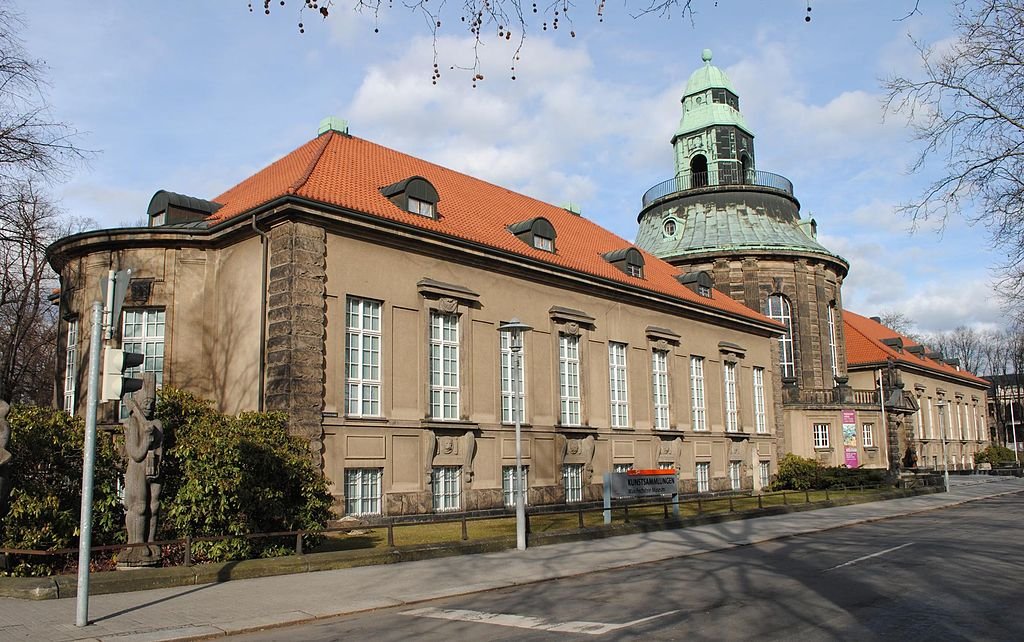
The city’s art treasures are housed in this century-old museum, which is housed in a grand structure with a rotunda. From the Late Gothic to the Expressionists of the early 20th century, the displays cover hundreds of years. Masters like Lucas Cranach the Elder’s Late Gothic artwork depict the sudden prosperity in Zwickau during the 15th century. The museum bears Max Pechstein’s Die Brücke Expressionist name and houses about 40 of his paintings, mosaics, and stained glass pieces. The museum also features a science section that houses one of Saxony’s greatest collections of minerals, with 16,000 specimens total.
Marienkirche
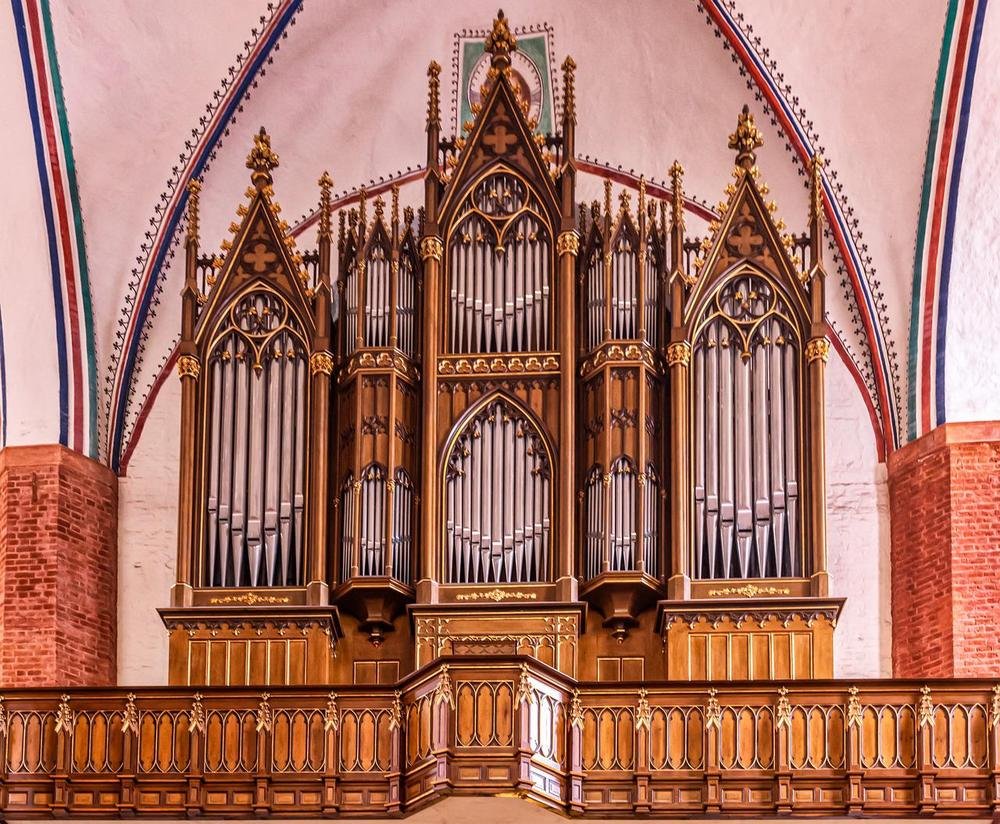
Zwickau’s cathedral, which dates back to the 1100s, underwent a magnificent Late Gothic hall church renovation between 1463 and 1565. A little later, in the 1670s, after being struck by lightning, the previous Gothic spire was replaced with the Baroque one. That spire, at 88 metres, is still the tallest building in Zwickau. The church is brimming with priceless pieces of late Gothic and Renaissance art, and its nave and choir have a breathtaking star rib vault. The winged altarpiece was created by Michael Wolgemut, who in the late 15th century taught a young Albrecht Dürer. Additionally, there is a magnificent Pietà (Lamentation of Christ) by the Saxon artist Peter Breuer from 1502 and a stunning Holy Sepulchre from 1507.
Gasometer
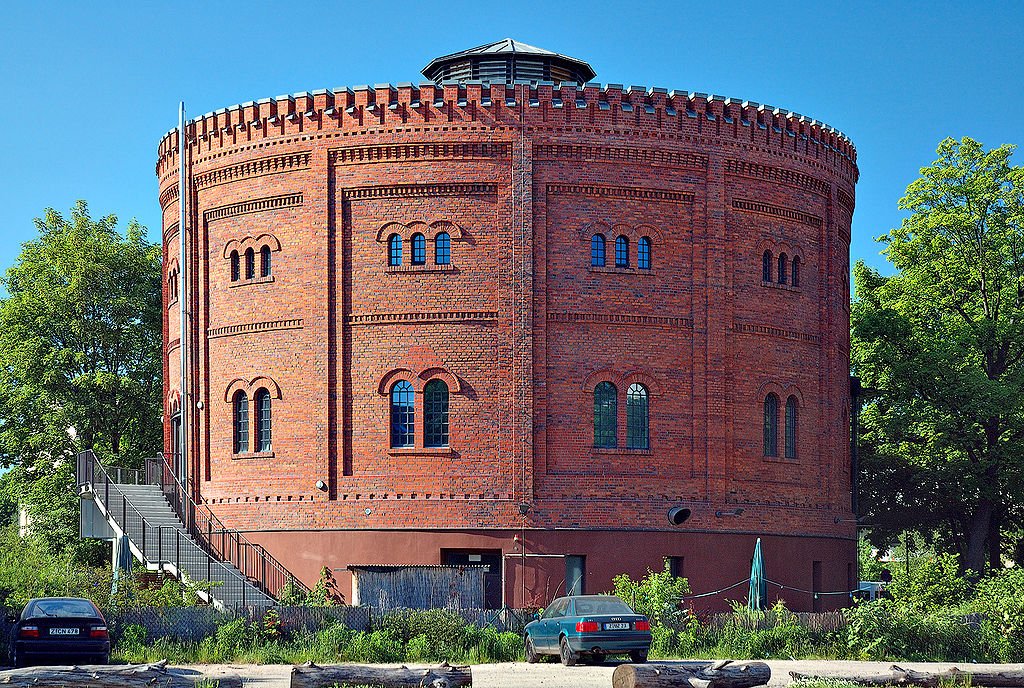
Northeast of the Altstadt, this gasometer is a testament to Zwickau’s industrial culture in the second half of the 19th century. Only in 1900 was gas housed in the elegant brick building before it was converted to a warehouse. A plan to transform the gasometer into a performing arts centre was set into motion in the late 1990s, giving the landmark new life. A jaw-dropping setting hosts a schedule of plays, concerts, comedy events, and movie screenings.
Schwanenteichpark
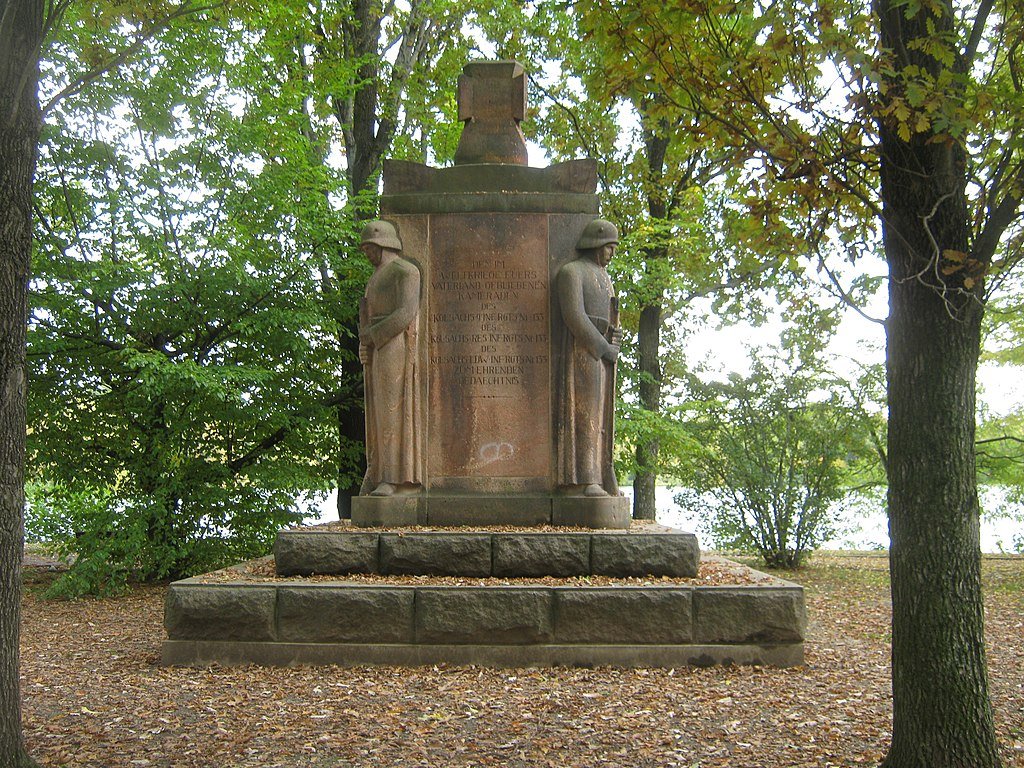
The park to the west of Zwickau dates back to the 15th century, when silver merchants Hans Federangel and Nicol Römer obtained permission from the city to dig a sizable pond that measured 555 metres by 300 metres. The park, which was redone in the 19th century by renowned landscape designer Eduard Petzold, still revolves around that pond. The park’s name-giving swans were first introduced in 1850, but the different recreational facilities weren’t installed until just after World War II. In the summer, visitors may stroll along the pathways and watch horses graze in their pastures before renting a pedal boat or a rowboat for up to an hour.
Daetz-Centrum
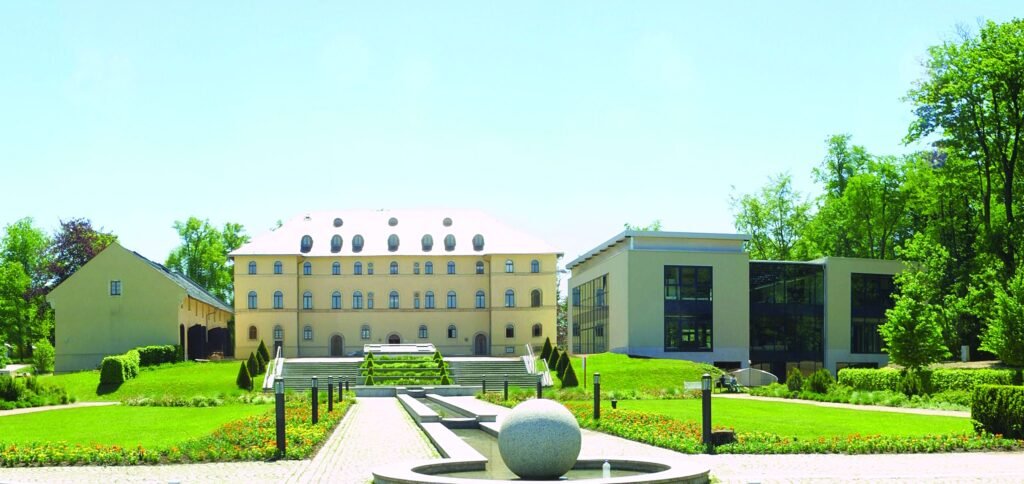
An international centre of excellence for wood carving may be found in the town of Lichtenstein, which is located roughly 15 minutes by vehicle northeast of Zwickau. The exhibition, which is housed in the opulent grounds of the Baroque Schlosspalais Lichtenstein, features 550 works from 30 nations on five continents. To summarise, there are pieces from Tanzania, West Africa, the Hopi tribe of Native Americans, China, Indonesia, Europe, Oceania, and Oceania. Religious sculptures from churches and monasteries, totem poles, masks, shields, drums, furniture, and delicate Arabesque carvings from North Africa can all be seen in artistically arranged galleries.
Priesterhäuser Zwickau
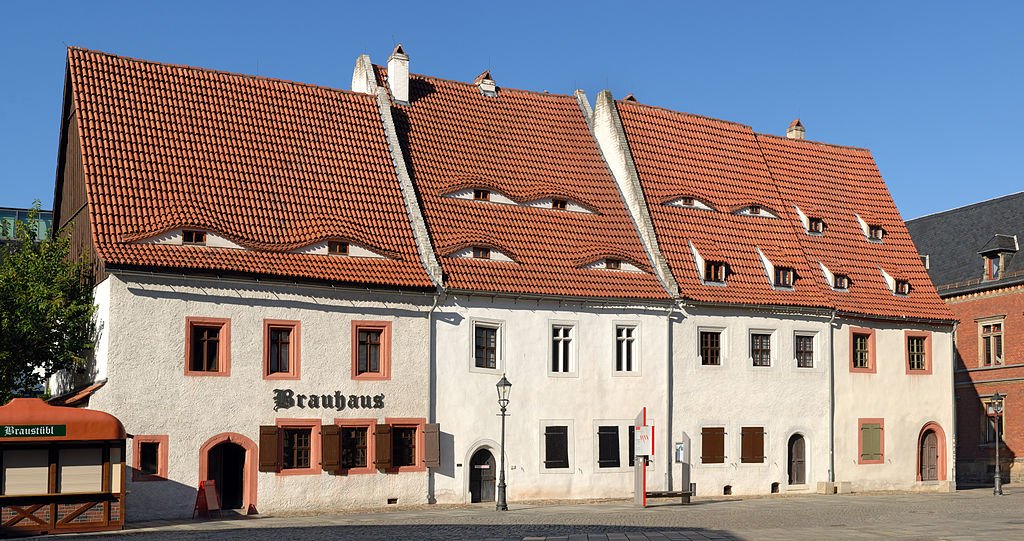
The earliest remaining residential structures in Saxony are a group of homes erected for the clergy next to the Marienkirche that dates back to 1264. You are welcome to enter and take a look around the last alterations, which were made in 1466. In painstakingly reconstructed rooms furnished with replicas of historical furniture, the Priesterhäuser offer a glimpse of Zwickau at its most powerful during the Late Middle Ages. You can end the experience by going into the soot-covered kitchen and enjoying a bowl of historically accurate bread soup.
Dünnebierhaus
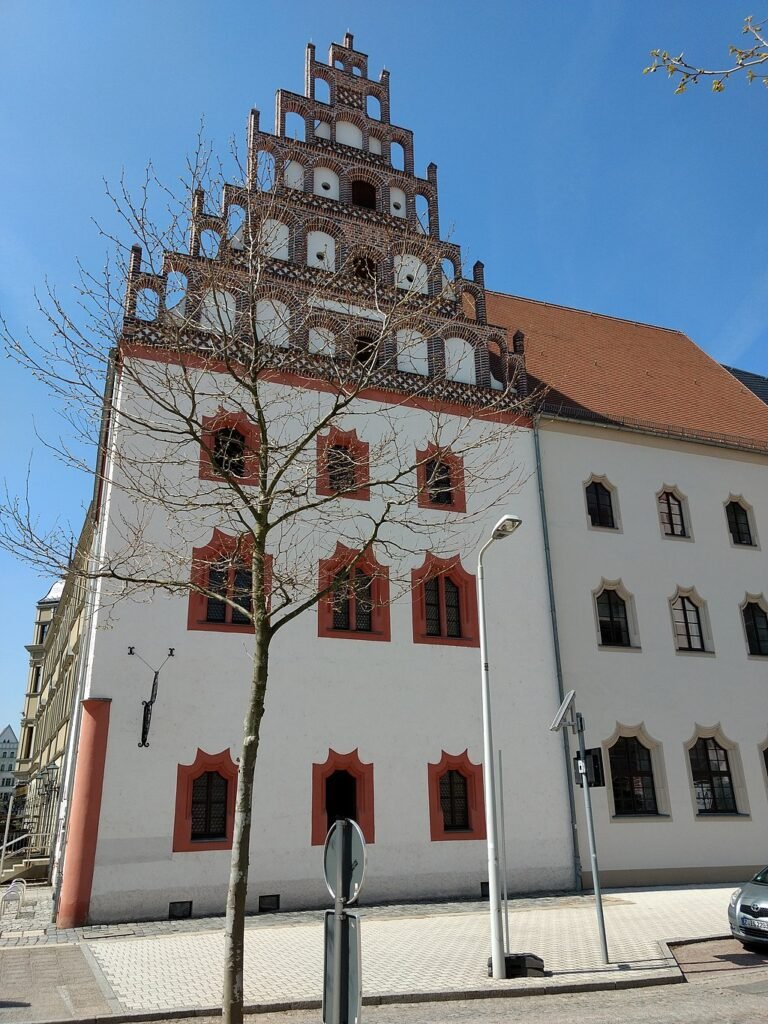
The Dünnebierhaus, a Late Gothic burgher home constructed in 1480 for the silver trader and councilman Nicol Römer, is a must-see while taking a trip through the city. On the eastern side of Hauptmarkt, this impressive townhouse is marked by its odd window mouldings and five-story stepped gable. The Dünnebier firm operated a distillery and a coffee roastery out of the house in the 19th century, which is where the name originates. The home has been owned by the city since 1984 and is rented out for weddings.
Göltzsch Viaduct

The largest brick-built bridge in the world is located southwest of Zwickau, close to the settlement of Mylau. The same-named river valley is traversed by the Göltzsch Viaduct, which was built over a five-year period in 1851. The bridge, which is still used for trains today, is more than half a kilometre long, has 98 arches, and rises to a maximum height of 78 metres, formerly making it the tallest railway bridge in the entire world. A few mind-blowing facts about the viaduct’s construction include: Its construction required 50,000 bricks and 1,736 employees, 31 of whom tragically lost their lives in the process. If you wish to take a picture of this early megastructure, there are many vantage spots on walking routes all around the valley.
Galerie am Domhof
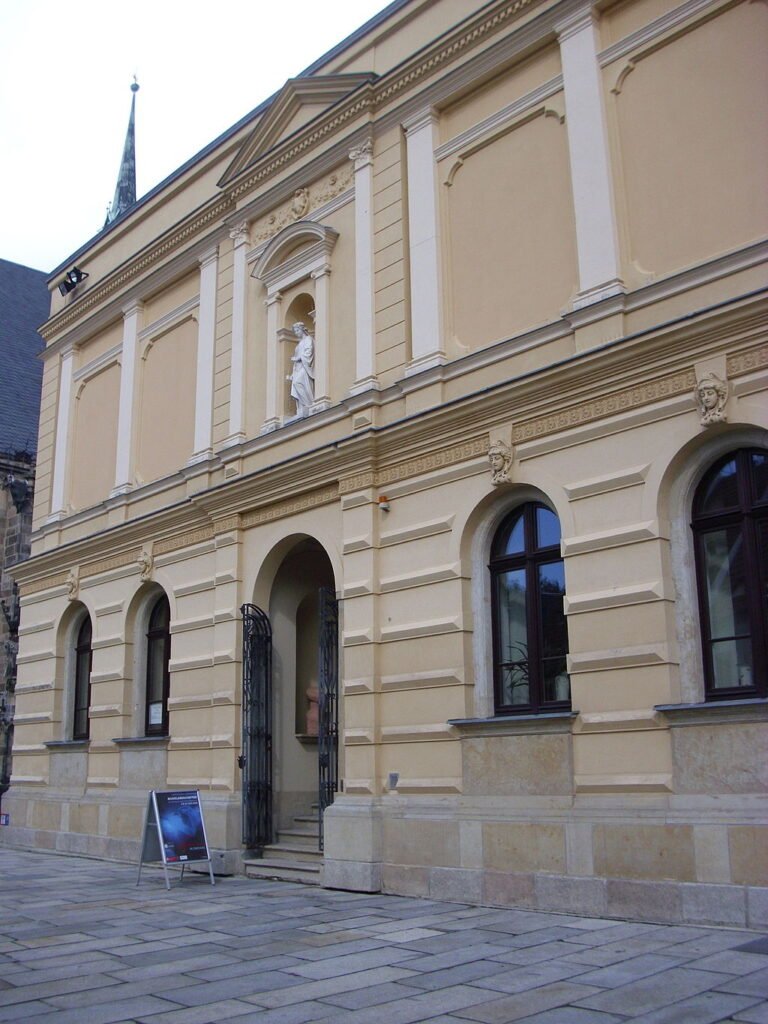
The elegant Neoclassical structure of the former Zwickau Art Association was converted into a multipurpose cultural centre in 1977. This monument, which is located on Domhof, completes a gorgeous ensemble with the Marienkirche and Priesterhäuser. There are two temporary exhibitions at a time for anything from painting to graphic design, sculpture, installation art, and photography, but contemporary art is the main focus. Along with these exhibitions, there are concerts, comedies, readings, and talks, and the gallery has a cute little shop where you can buy locally made jewellery, textiles, paintings, and other goods.
Burg Schönfels
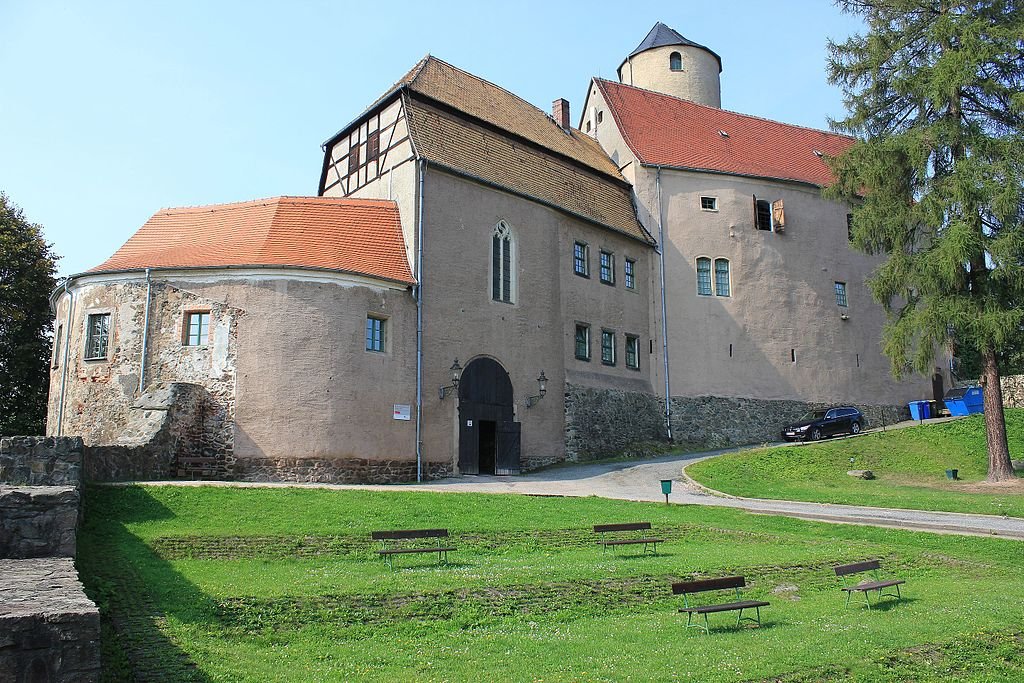
A mediaeval hilltop castle, positioned 380 metres above sea level, is also just under 10 kilometres from the city. In order to dominate the Via Imperii trade route and defend against the Sorbs to the east, Henry the Fowler, Duke of Saxony, commissioned this fortification in the tenth century. From the 13th century on, the castle was ruled by the name-bearing Schönfels dynasty, and by the 1400s, wealthy silver magnates owned it. It’s nearly unbelievable how well-preserved the building is considering that it was last updated in the 1500s and 1600s. The complex has a stunning Late Gothic timber hall in addition to an intact gatehouse, bastion, and keep. See the early 1600s chapel as well, which features a winged altar created by Renaissance artist Mathias Krodel the Younger.
Gewandhaus Zwickau
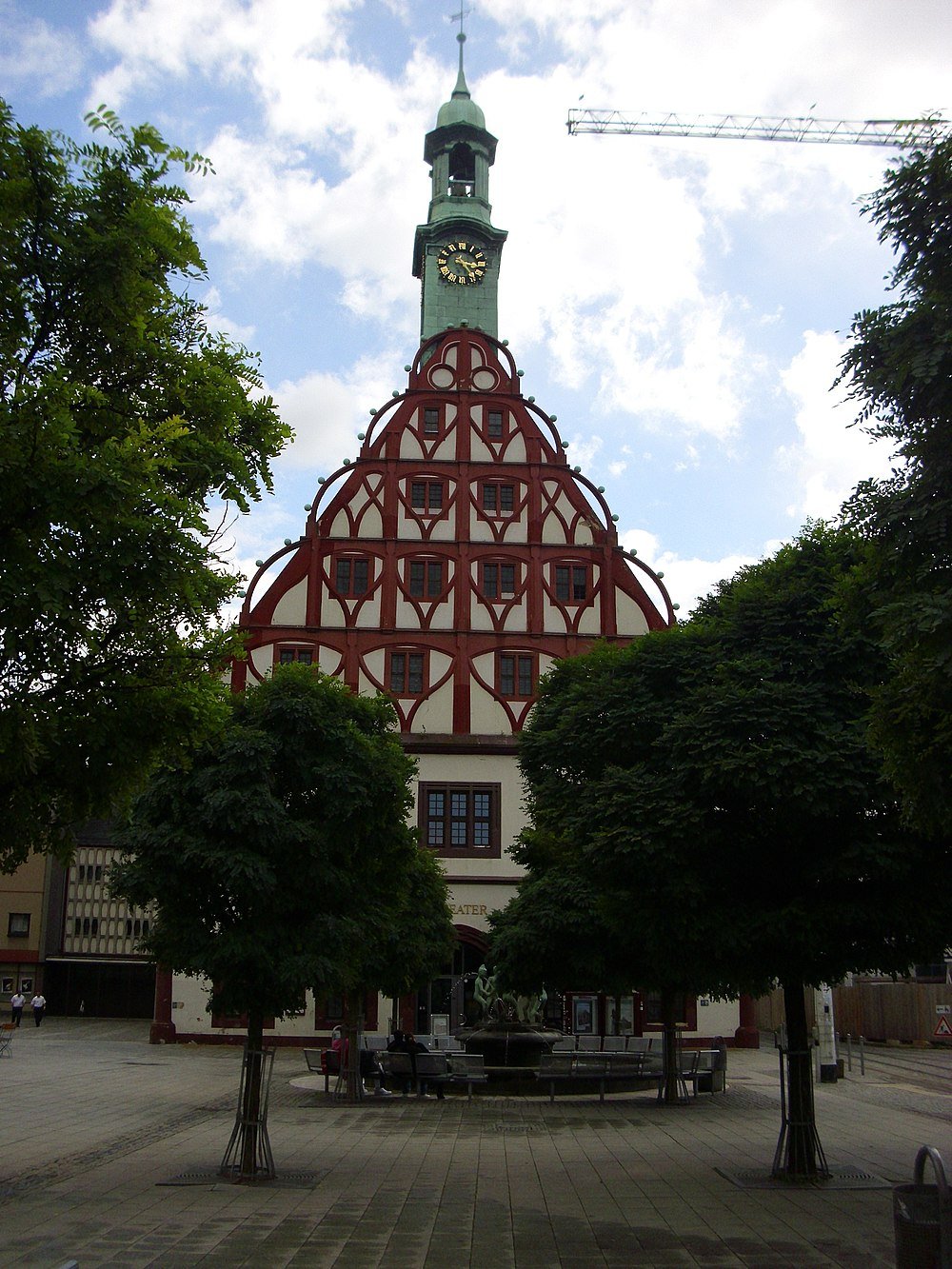
The exquisitely gabled Gewandhaus was constructed in the early 1520s and served as a guildhall for Zwickau’s clothiers. Back then, the ground floor served as a marketplace for shoemakers, skinners, and clothiers. The interior was transformed into a theatre in the 19th century, and it has remained one ever since. The theatre hosts a wide range of entertainment, from classical musicians to contemporary dance, and there is a capacity of roughly 400 people. The theatre was undergoing a two-year makeover at the time this story was written in 2017, but the structure is still worth viewing from the outside.
Robert-Schumann-Haus
In 1810, Robert Schumann, a composer, was born there in a home on Hauptmarkt. The world’s largest exhibition on Schumann’s career is now on display in his childhood home, which serves as a museum. The catalogue of 4,000 manuscripts by Schumann and his wife Clara is the show’s greatest asset, and after eight rooms you’ll know more about their relationship, as well as about Schumann’s health issues and his connection with Felix Mendelssohn Bartholdy. The André Stein-built piano that Clara’s father, Friedrich Wieck, ordered for her debut performance in public in Leipzig at the age of nine, is the most priceless of the museum’s priceless collection of keyboard instruments.
Horch Museum
The old Audi facility in Zwickau now houses a museum dedicated to automobiles with August Horch as its namesake. He established what is now known as Audi in 1932 as a combination of the four brands: Audi, Horch, Wanderer, and DWK, each of which is represented by a ring in the Audi logo. In addition to detailing August Horch’s inventions, the museum explains how the Saxon-Thuringian Vehicle Club was founded in 1903, marking the beginning of the region’s automobile industry. There is a collection of pre-World War II Audi and Horch automobiles, many of which are prototypes or were built for the German military. This factory produced Trabants for the GDR after the war, and it has a variety of models in mint condition from the 1950s to the early 1990s.
Katharinenkirche
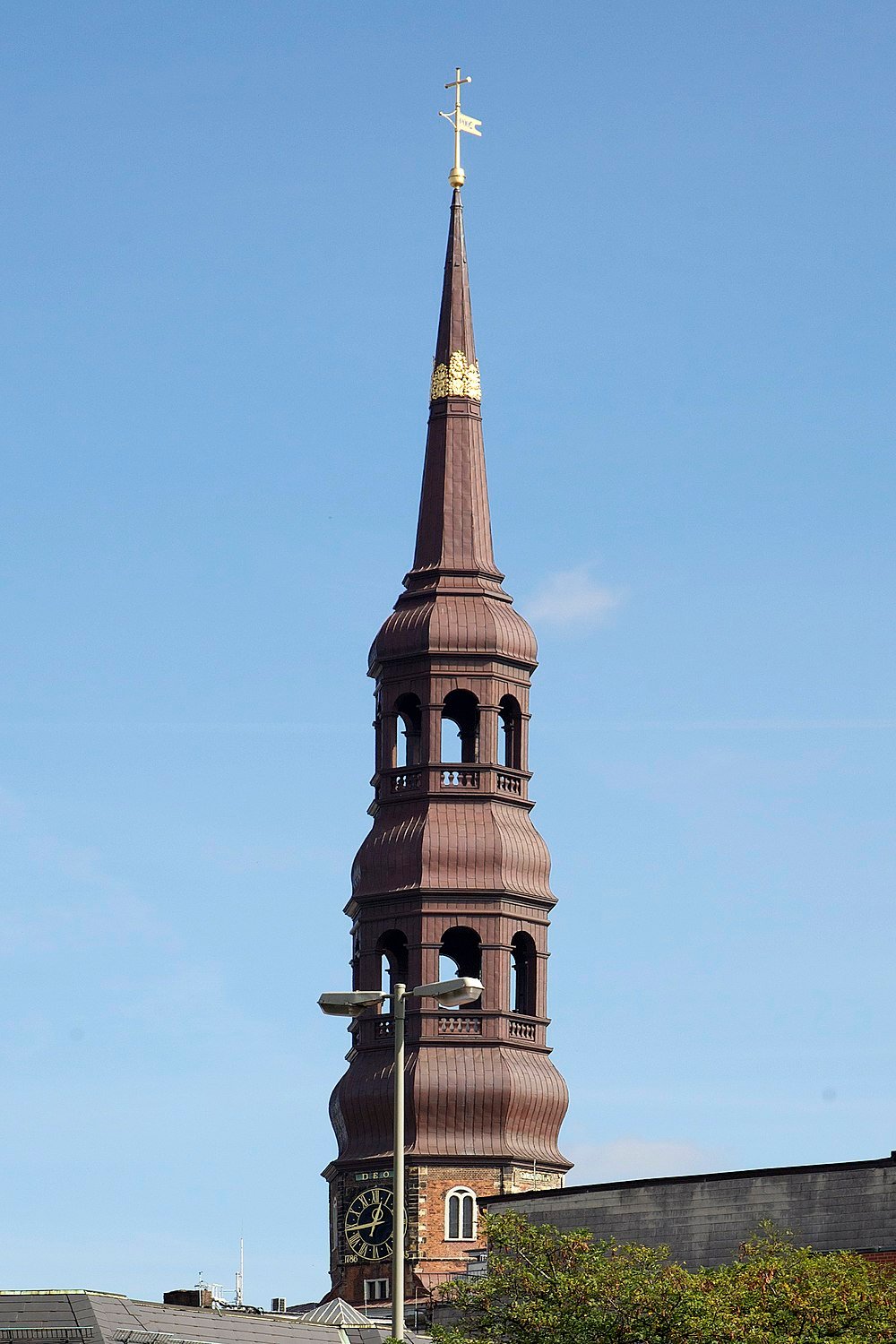
The Marienkirche and Katharinenkirche are both hall churches in the Late Gothic style that underwent renovations at the same time as a fire in 1403. In the 16th century, the nave and choir were lavishly equipped, and the majority of those fixtures are still present. The winged altarpiece, created by Lucas Cranach the Elder’s workshop, stands out. The Elector of Saxony, Frederick III (shown on one wing), gave this exquisite piece of artwork to the church in 1518. Its primary scene shows Jesus washing his disciples’ feet. In addition to a pulpit and baptismal font from the 1530s by the local artist Paul Speck, this location features other Peter Breuer sculptures.
Johannisbad
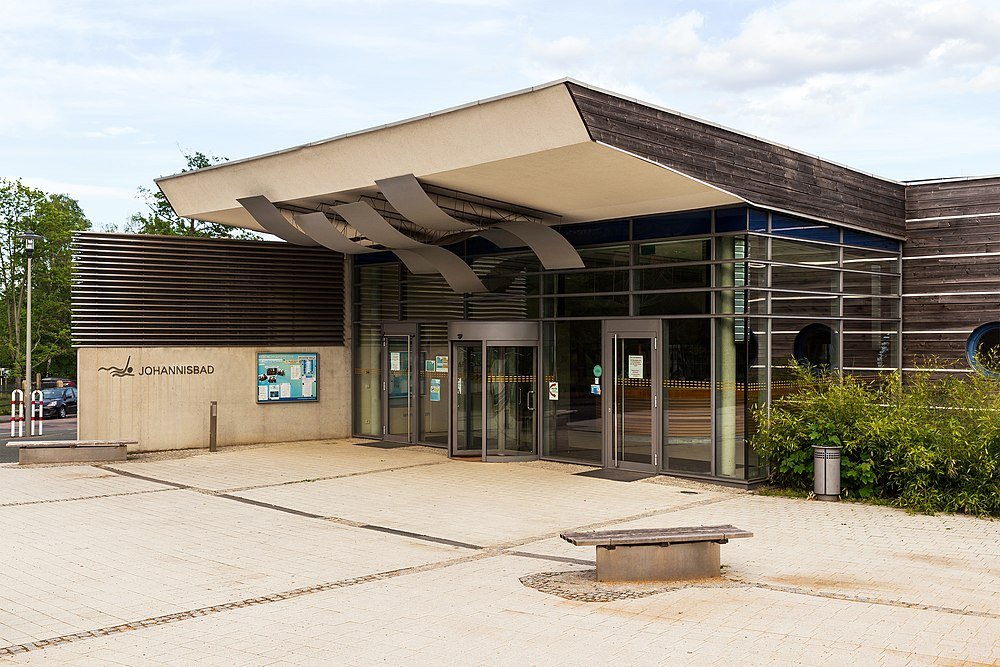
At this fascinating Art Nouveau pool in Zwickau’s northern suburbs, swimming is elevated to an art form. The Johannisbad was built in the 1860s as a spa and bathhouse for the city’s employees, and the swimming pool was added in the early 1900s. The pool survived both world wars unharmed, but by the turn of the 20th century, it had become abandoned. In 1997, a significant refurbishment finally took place. It’s a work of art, with two flights of galleries bordered by wrought iron balustrades and a cathedral-like ambience created by a huge skylight. A Gothic revival fountain is located on one side of the pool, and a historic clock is located on the other.


